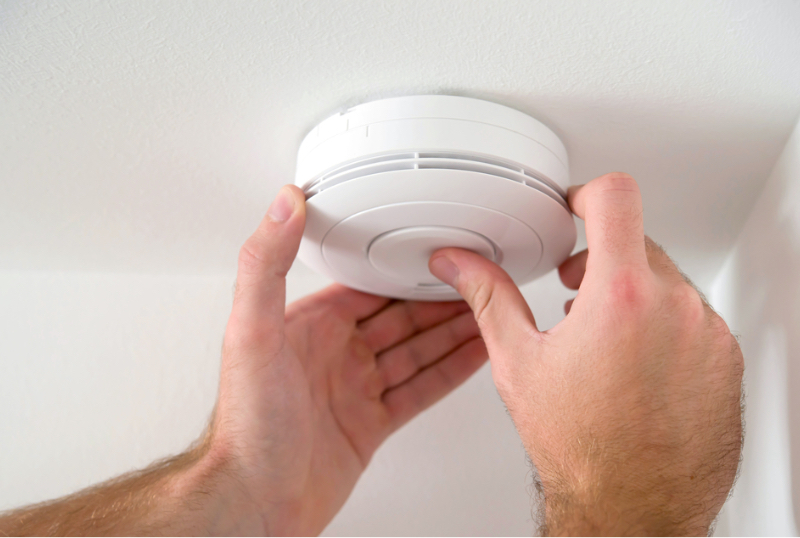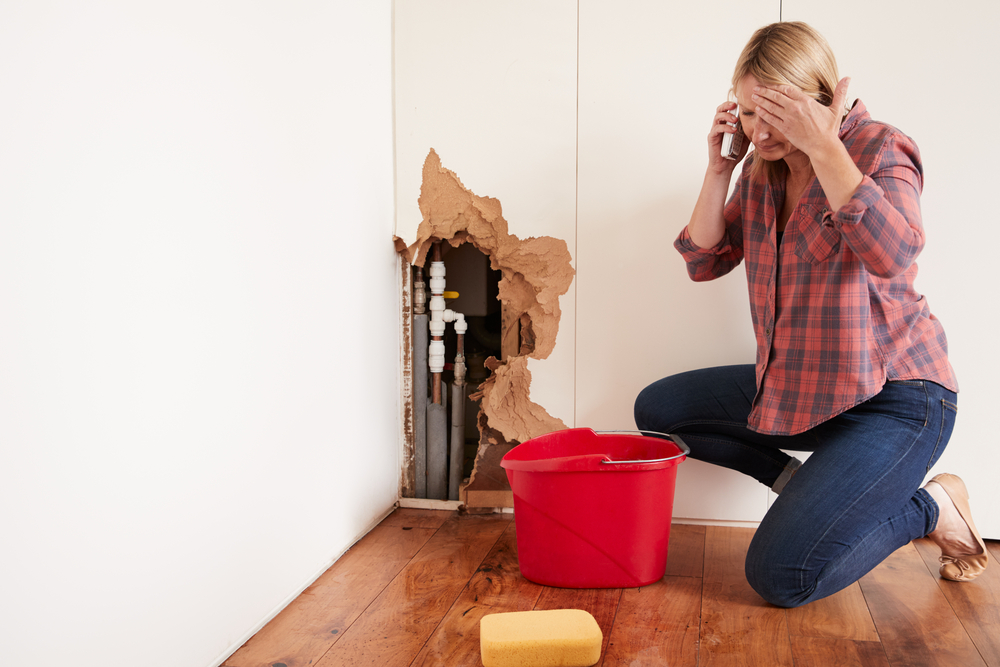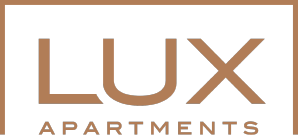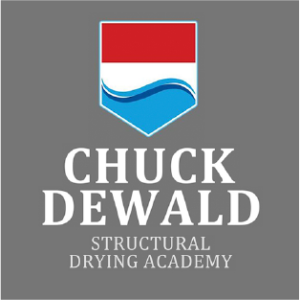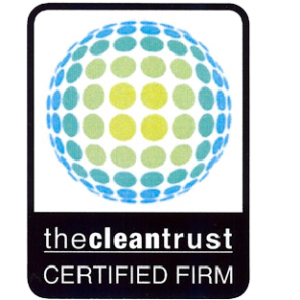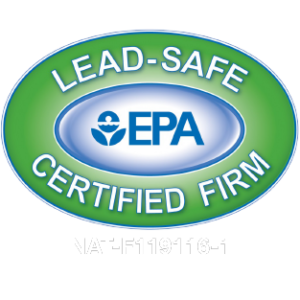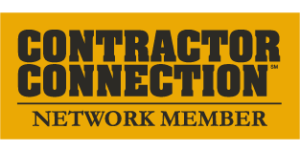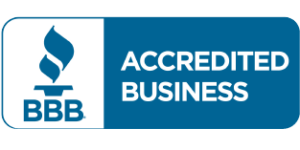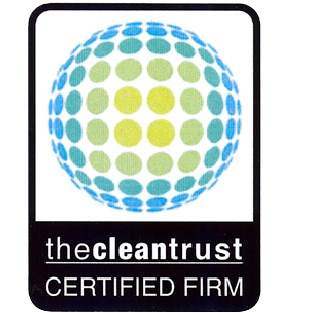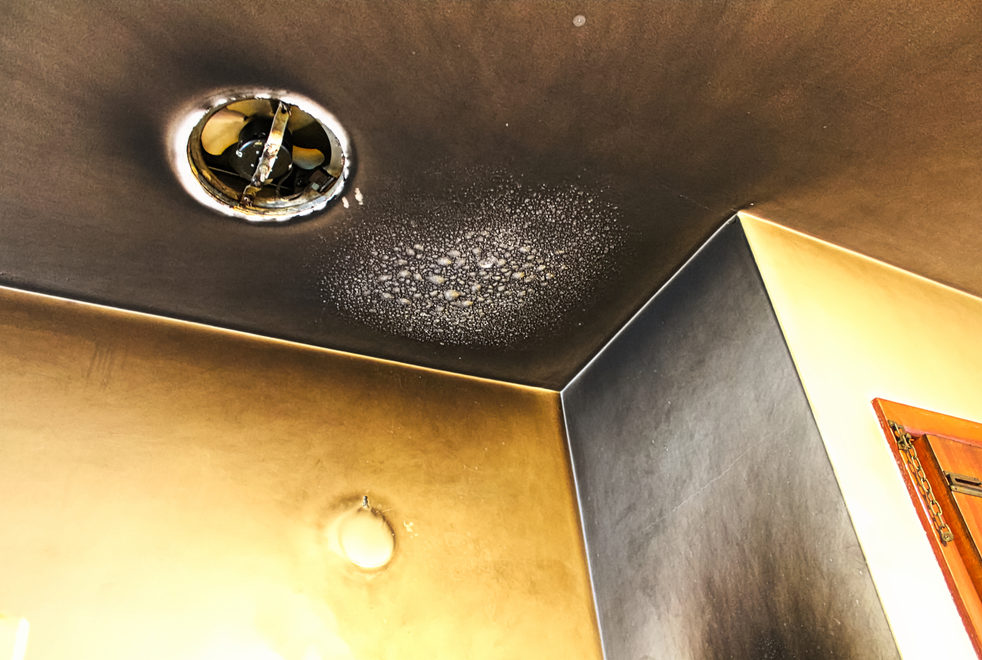
How to Identify Different Types of Smoke Damage in Your Home or Business
When a fire affects your home or business, the damage is more than what’s directly charred by the flames: lingering smoke can cause a slew of problems even weeks after the fact.
There are four common types of smoke damage (dry smoke, protein residue, fuel/oil residue, and wet smoke) that are each caused by different circumstances like the fire’s temperature, fueling materials, and location. The restoration process varies slightly for each.
Dry Smoke
Dry smoke is created by fast-burning, high-temperature fires that are typically fueled by paper or wood. Its powdery texture means it doesn’t smear when being wiped up, which makes it relatively easy to clean compared to more dense smoke and soot residue.
The catch with dry smoke is that it can easily fall into cracks or porous materials in your home or business. This means that it’s possible for the surfaces of your space to appear clean even while a smoky odor persists — talk about frustrating! Thankfully, dry smoke doesn’t smell as strongly as the other types of residues, and it’s not difficult for a professional company to eliminate the odor.
Protein Residue
Protein residue is created when organic material evaporates during a low-heat fire. This is common when a cooking mishap causes a blaze in the kitchen.
This type of smoke damage is essentially invisible with no noticeable soot or streaking, but it can permanently discolor painted, varnished, or other finished surfaces. An untrained eye often underestimates the restoration needs of this protein residue damage because it’s difficult to spot, but it’s not hard to smell: the intense unpleasant odor can permeate your entire home or business if left untreated.
Fuel/Oil Residue
Fuel/oil residue, also called petroleum residue, thankfully isn’t seen too often in home and business fires unless petroleum products were being stored in the space.
However, it’s not uncommon for a building’s furnace to have a “puffback” where it doesn’t ignite properly and ultimately releases smoke and soot into the surrounding space in the form of a small leak or even minor explosion. This means you can be dealing with fuel residue smoke damage even when there hasn’t been a fire.
Petroleum residue is sticky, dense, and especially difficult to clean. Its odor is strong and offensive, easily ruining upholstered pieces of furniture when not cleaned promptly.
Wet Smoke
Wet smoke damage comes from low-heat, smoldering fires. Both plastic and rubber produce this waste when they are burned. These especially smelly blazes usually have fewer flames but much more thick, black smoke than their dry counterparts.
Because wet smoke residue is sticky and dense, it has no problem completely covering your home or business’s surfaces and often smears during the cleaning process. This makes it difficult to remove without special equipment.
How do we restore smoke damage to your home or business?
There are three main ways to deal with smoke damage after a fire: cleaning, resurfacing, and replacing. When possible, we restore your space by removing the smoke residue from all existing items, avoiding the high costs of replacing them. This is often the case with smaller blazes that leave behind minimal damage.
When the smoke residue is worse or has been given time to permeate your space, we will attempt to resurface existing items to return them to their pre-fire state. This involves re-painting, re-carpeting, re-upholstering, and so on.
In extreme cases, we will need to replace all items damaged by the fire and smoke. This is the last choice solution because of its high cost, but it’s necessary when the damage is immense. The sooner you contact a professional after experiencing a fire, the less likely a full replacement will be needed.
At Revive Restoration, we’re able to restore all types of smoke damage. We’ve never had a client reach out about a persistent odor after our work was done.
Sources:
Great Western
CleanSafe
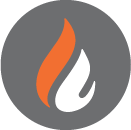
Join our Newsletter
Receive regular updates on tips and tricks to keep your house or office building in tip-top shape.




